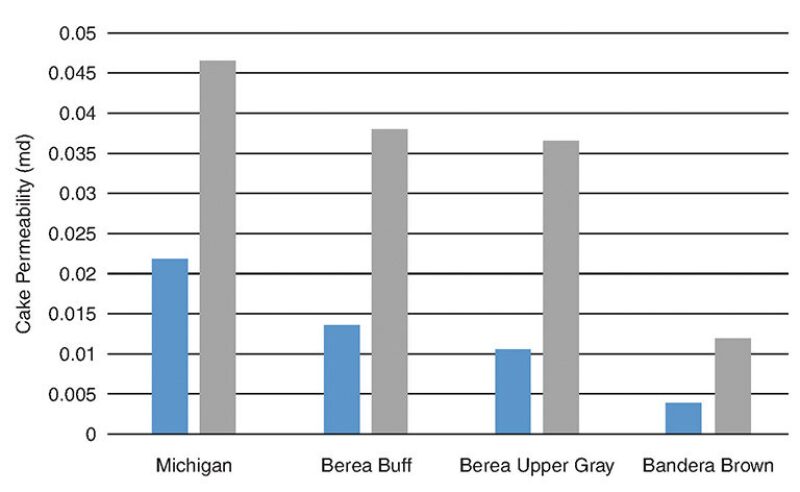This paper focuses on experimental methods quantifying water-based muds and investigating effects on particle bridging, filtrate invasion, and permeability. To show the particle-bridging effect, high-pressure/high-temperature (HP/HT) filtration tests were conducted on sandstone cores with permeability ranging from 10 md to more than 1100 md. Analytical models were used to calculate mudcake permeability for the tests using different mix designs. The results from this study can be applied to designing wellbore-strengthening fluids to mitigate formation damage.
Introduction
In an overbalance situation, the fluid phase of the mud, called filtrate, invades the formation, whereas solid particles of the mud build up mudcake.
×


Continue Reading with SPE Membership
SPE Members: Please sign in at the top of the page for access to this member-exclusive content. If you are not a member and you find JPT content valuable, we encourage you to become a part of the SPE member community to gain full access.

